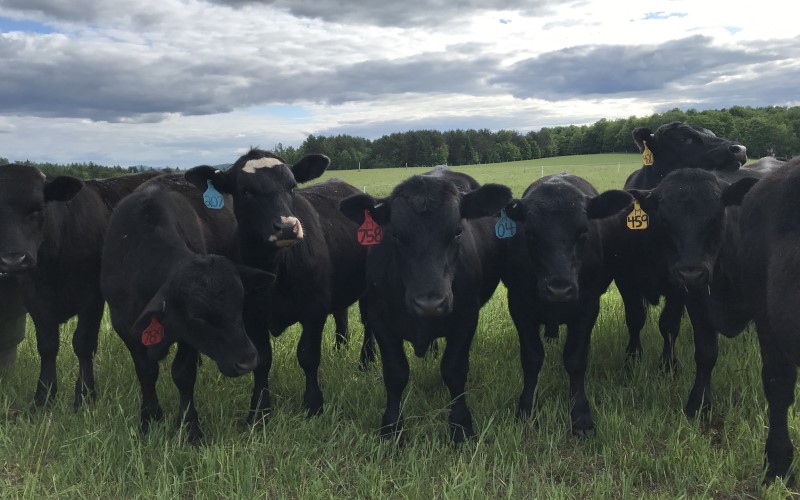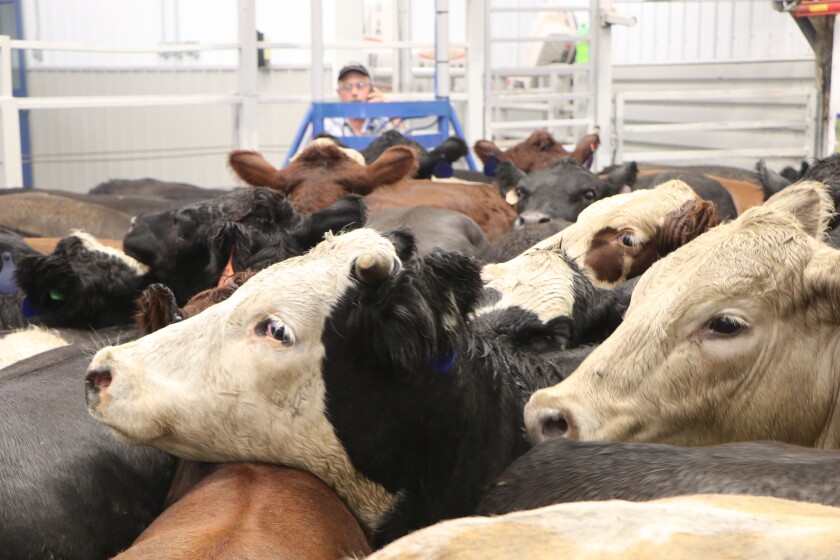Recognizing Animals Danger Protection (LRP) Insurance: A Comprehensive Overview
Browsing the world of livestock danger protection (LRP) insurance policy can be an intricate venture for many in the farming field. This sort of insurance uses a safety and security net versus market variations and unpredicted circumstances that might impact livestock producers. By comprehending the intricacies of LRP insurance, producers can make educated decisions that might guard their procedures from monetary dangers. From exactly how LRP insurance policy functions to the various protection choices offered, there is much to uncover in this comprehensive overview that can potentially form the method livestock manufacturers come close to danger administration in their organizations.

Just How LRP Insurance Policy Functions
Occasionally, recognizing the technicians of Animals Danger Protection (LRP) insurance coverage can be complicated, but damaging down just how it works can offer quality for farmers and ranchers. LRP insurance policy is a threat management tool made to secure animals manufacturers versus unanticipated price decreases. The policy permits producers to set a coverage level based upon their specific demands, choosing the number of head, weight array, and protection cost. When the plan is in place, if market prices fall below the coverage cost, manufacturers can submit a case for the distinction. It is very important to note that LRP insurance coverage is not an income guarantee; instead, it concentrates solely on cost danger defense. The protection period typically varies from 13 to 52 weeks, offering adaptability for producers to select a period that straightens with their production cycle. By utilizing LRP insurance policy, breeders and farmers can reduce the financial risks related to fluctuating market value, making certain better stability in their procedures.
Eligibility and Insurance Coverage Options

When it comes to protection options, LRP insurance policy uses producers the flexibility to select the coverage degree, coverage duration, and endorsements that best fit their threat monitoring requirements. Coverage degrees generally vary from 70% to 100% of the expected ending value of the insured animals. Manufacturers can also choose insurance coverage periods that straighten with their production cycle, whether they are guaranteeing feeder cattle, fed livestock, swine, or lamb. Endorsements such as rate threat defense can further personalize coverage to protect against unfavorable market fluctuations. By recognizing the qualification criteria and insurance coverage choices offered, livestock producers can make enlightened choices to manage threat efficiently.
Benefits And Drawbacks of LRP Insurance Coverage
When reviewing Animals Risk Protection (LRP) insurance coverage, it is crucial for livestock producers to evaluate the benefits and negative aspects intrinsic in this risk monitoring device.

One of the primary advantages of LRP insurance policy is its capability to provide security against a decline in livestock prices. This can assist secure producers from financial losses resulting from market variations. Additionally, LRP insurance provides a level of flexibility, enabling manufacturers to tailor coverage degrees and policy periods to suit their certain demands. By securing an ensured price for their livestock, producers can better handle danger and plan for the future.
One constraint of LRP insurance coverage is that it does not secure against all kinds of risks, such as condition break outs or all-natural calamities. It is crucial for manufacturers to thoroughly assess their specific threat exposure and monetary situation to establish if LRP insurance coverage is the best threat administration tool for their operation.
Understanding LRP Insurance Policy Premiums

Tips for Taking Full Advantage Of LRP Advantages
Optimizing the benefits of Livestock Danger Defense (LRP) insurance policy requires tactical planning and positive threat management - Bagley Risk Management. To maximize your LRP protection, think about the complying with pointers:
On A Regular Basis Examine Market Conditions: Remain informed about market trends and cost fluctuations in the livestock industry. By keeping an eye on these aspects, you can make enlightened choices concerning when to buy LRP coverage to protect against potential losses.
Establish Realistic Insurance Coverage Degrees: When choosing insurance coverage degrees, consider your manufacturing prices, market price of animals, and prospective risks - Bagley Risk Management. Setting reasonable insurance coverage degrees makes sure that you are adequately safeguarded without overpaying for unneeded insurance policy
Expand Your Insurance Coverage: Rather of counting only on LRP insurance, take into consideration expanding your threat monitoring techniques. Integrating LRP with various other threat management tools such as futures contracts or options can supply extensive coverage versus market unpredictabilities.
Evaluation and Adjust Insurance Coverage Frequently: As market conditions alter, occasionally review your LRP coverage to guarantee it aligns with your current risk direct exposure. Adjusting insurance coverage degrees and timing of purchases can aid enhance your risk protection method. By following these pointers, you can take full advantage of the benefits of LRP insurance policy and protect your animals operation versus unexpected risks.
Conclusion
Finally, livestock threat protection (LRP) insurance policy is a valuable tool for farmers to manage the monetary threats linked with their livestock operations. By comprehending just how LRP works, qualification and protection alternatives, as well as the advantages and disadvantages of this insurance policy, farmers can make informed decisions to secure their resources. By thoroughly taking into consideration LRP premiums and executing strategies to maximize benefits, farmers can alleviate prospective losses and make certain the sustainability of their operations.
Livestock manufacturers interested in acquiring Animals Danger Defense (LRP) insurance policy can explore a range of eligibility requirements and protection choices customized to their details animals procedures.When it comes to insurance coverage alternatives, LRP insurance policy uses manufacturers the adaptability to pick the protection level, protection period, and endorsements that finest match their danger administration needs.To understand the complexities of Livestock Risk Security (LRP) insurance coverage completely, recognizing the factors influencing LRP insurance policy costs is essential. LRP insurance coverage premiums are figured out by various components, including the protection degree chosen, the anticipated rate of livestock at the end of the insurance coverage duration, the type of livestock being guaranteed, and the length of the coverage duration.Evaluation and Readjust Insurance Coverage Regularly: As market problems alter, regularly evaluate your LRP insurance coverage to guarantee it try these out lines up with your existing danger exposure.